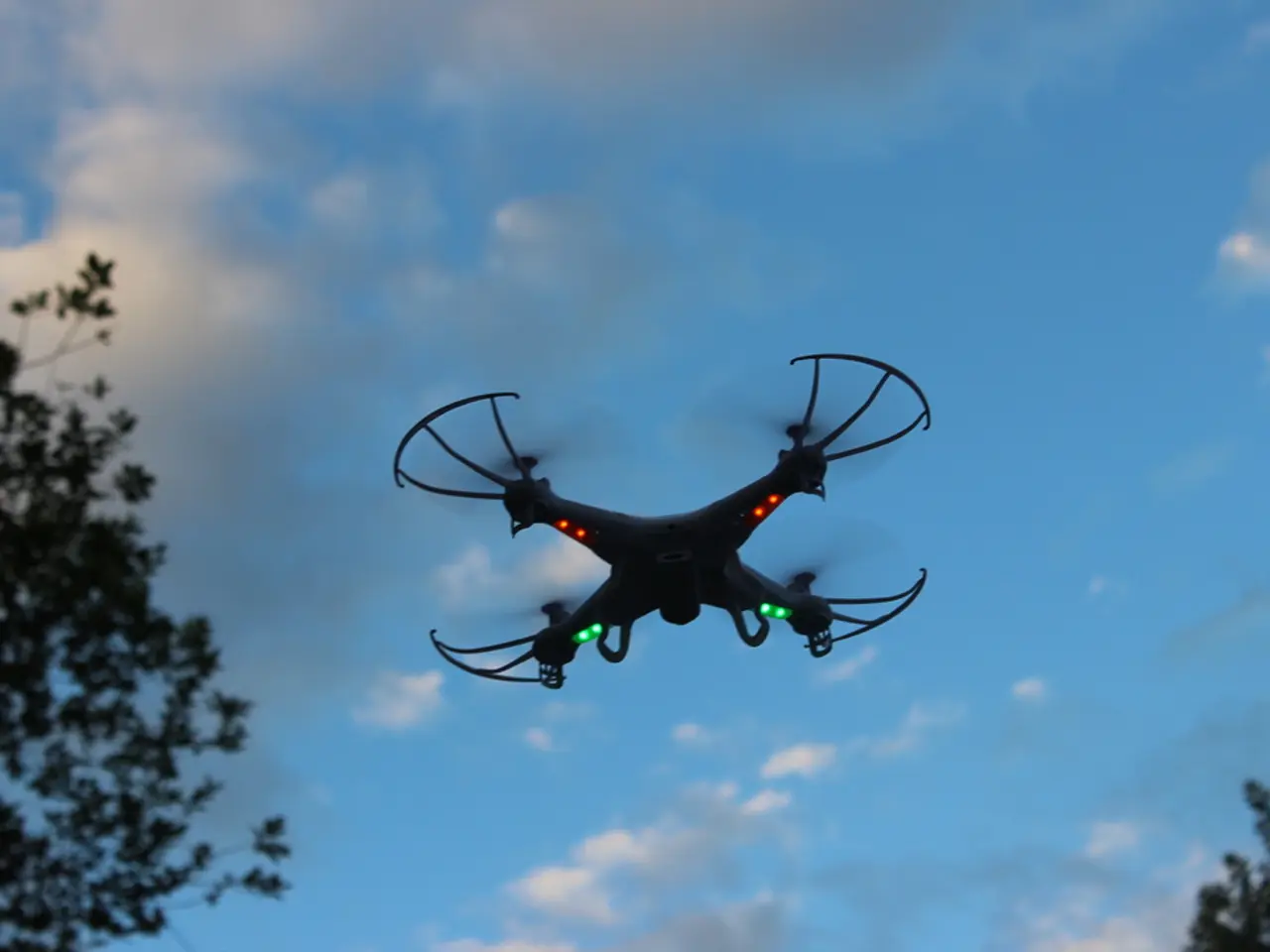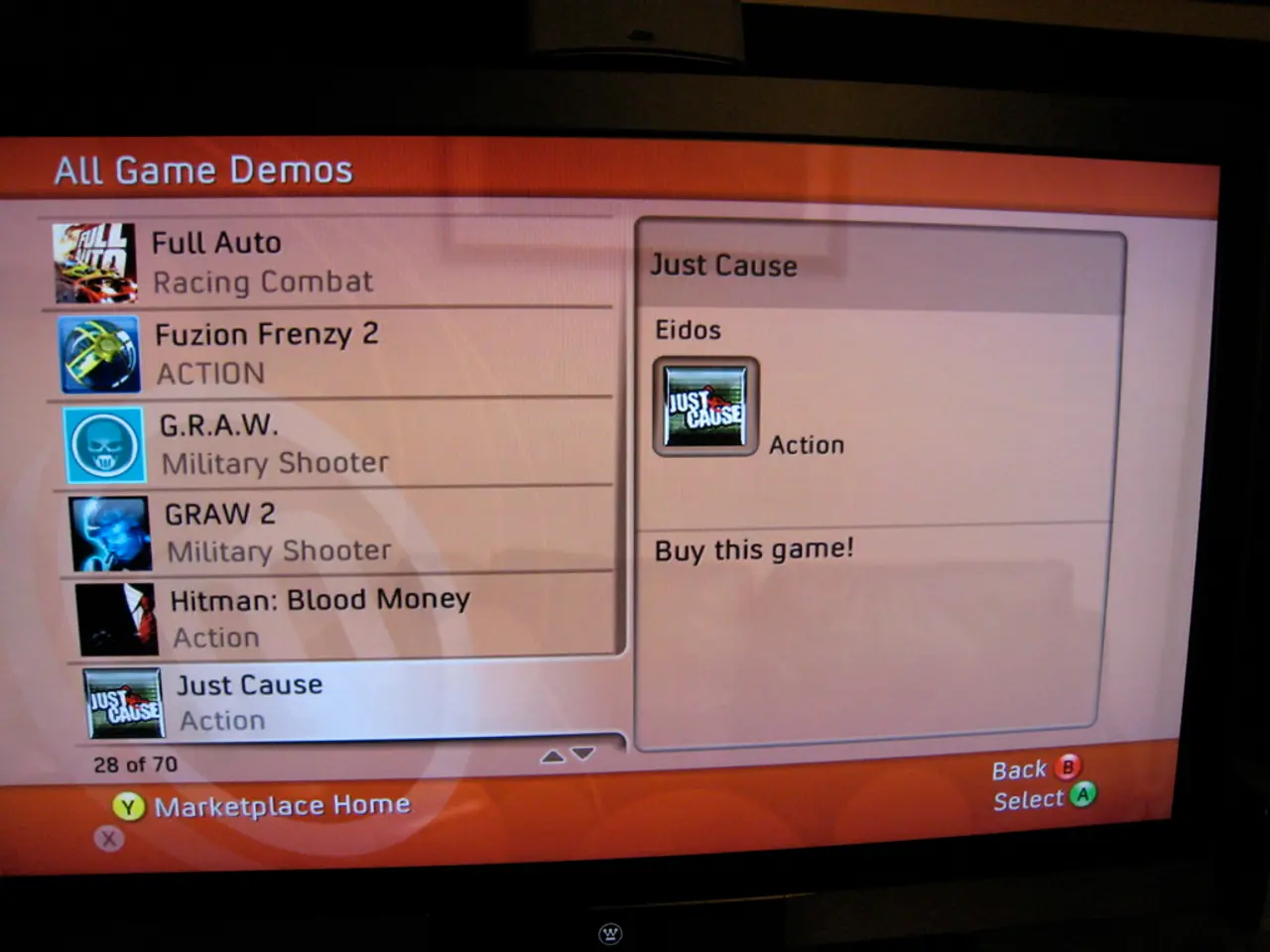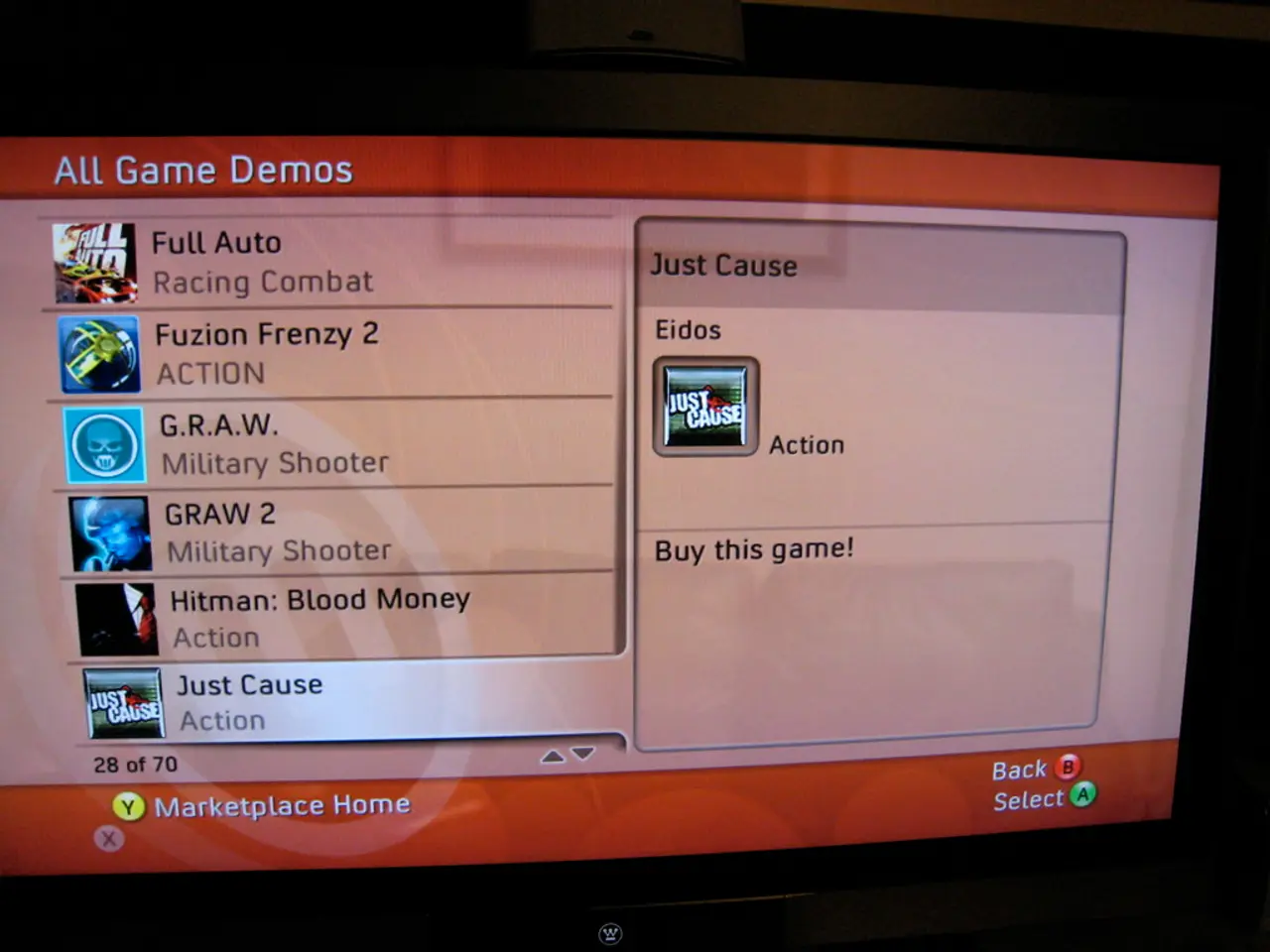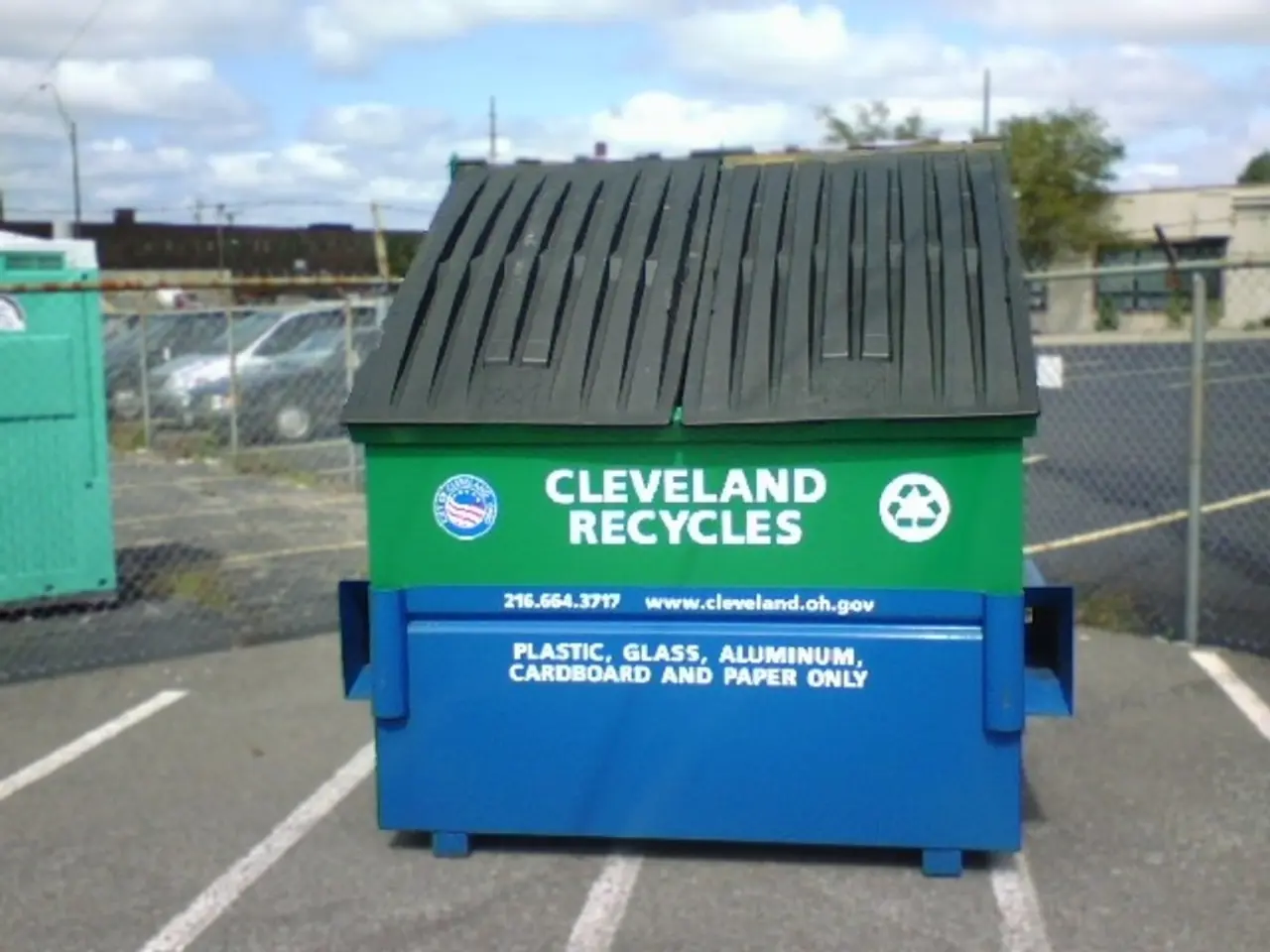Drone Updates: DJI Neo 2 Emerges in FCC Records, DJI Mavic 4 Pro Promises Cinematic Experience, and Further Developments!
In Milton, Wisconsin, a drone pilot from Wisco Aerial and Ground Services used a DJI Matrice 30 to locate a missing 4-year-old girl in a dense cornfield and guide rescuers to her safe recovery. This heartwarming incident highlights the potential of drone technology in emergency situations.
Meanwhile, in New York City, Mayor Eric Adams has established the Drone Operations Committee to coordinate drone programs across NYC agencies like the NYPD and Fire Department. The committee aims to improve governance and innovation in urban drone use, potentially serving as a national model for responsible drone integration in complex city environments. One of the initiatives under this committee is the Drone as First Responder program.
The DJI Neo 2, a highly anticipated drone from the leading manufacturer, has been listed in the FCC database, indicating the development of a sequel to DJI's popular selfie drone for vloggers. However, it remains uncertain if and when consumers in the US will be able to buy the DJI Neo 2. DJI's drones have been out of stock in the US for over a month, with no indication of when they will be restocked. This uncertainty is compounded by past patterns with DJI product launches, as the Mavic 4 Pro did not launch in the US despite FCC clearance.
The DJI Neo 2 is expected to come with a larger battery, potentially offering a longer flight time of around 20 minutes. However, it might initially be available with a Wi-Fi only setup, potentially limiting its range compared to models with enhanced transmission modules. This might reflect DJI's strategy to circumvent more stringent regulations, impacting how and when the Neo 2 is sold or used in the US.
The Federal Aviation Administration's (FAA) new MOSAIC rule brings a major overhaul to the Light-Sport Aircraft (LSA) category, allowing for bigger, faster, and more versatile aircraft with expanded pilot privileges. While the MOSAIC rule does not directly concern drone operations, its implications for flexible, performance-based standards could have significant impacts on future drone regulations. MOSAIC also calls for collaboration between crewed and uncrewed aviation standards committees, pointing to a future where drone certification and operations may adopt some of these more flexible, performance-based frameworks.
The Mavic 4 Pro, a predecessor to the Neo 2, showcased its cinematic abilities in a video that captured lush valleys, vibrant street scenes, soaring hot air balloons, and sweeping grasslands using its 100MP Hasselblad camera and 360° rotating Infinity Gimbal. The video, a testament to the Mavic 4 Pro's capabilities, can provide inspiration as we look forward to the potential offerings of the Neo 2.
MOSAIC welcomes new aerial work, such as infrastructure inspections and agricultural surveillance, activities where drones currently dominate. This hints at competitive and collaborative opportunities ahead as drone technology continues to evolve and find its place in various industries.
In summary, while the FCC greenlight is a positive regulatory milestone, it remains uncertain if and when consumers in the US will be able to buy the DJI Neo 2. The MOSAIC rule, on the other hand, signals a shift towards performance-based, flexible standards that could influence future drone rules, opening doors for expanded aerial work and collaborative opportunities.
The drone pilot from Wisco Aerial and Ground Services used an aerial drone, specifically a DJI Matrice 30, for mapping and photography during an emergency situation, locating a missing child in a dense cornfield and guiding rescuers to her safe recovery. The potential impacts of drone technology in emergency situations were underscored by this heartwarming incident.
In New York City, Mayor Eric Adams' Drone Operations Committee aims to improve urban drone use through governance and innovation, and one of its initiatives is the Drone as First Responder program. This highlights the increasing integration of drones in emergency response teams.
The anticipated DJI Neo 2 drone has been listed in the FCC database, indicating its development, but it remains uncertain if and when consumers in the US will be able to buy it due to regulatory issues and past patterns with DJI product launches.
The Federal Aviation Administration's (FAA) new MOSAIC rule could have significant implications for future drone regulations, adopting performance-based, flexible standards that could influence drone certification and operations. This opens doors for expanded aerial work and collaborative opportunities in various industries.
The Mavic 4 Pro, a predecessor to the Neo 2, demonstrated its impressive photography and mapping capabilities in a video that captured stunning landscapes and cityscapes. The video serves as a testament to the potential offerings of the DJI Neo 2 and future drone technology.



![Functioning of Speakers: Delving into Audio Amplification [Visual Guide]](/en/content/images/size/w1280/format/webp/20250804175849_speaker-anatomy-sound-production.jpeg)
